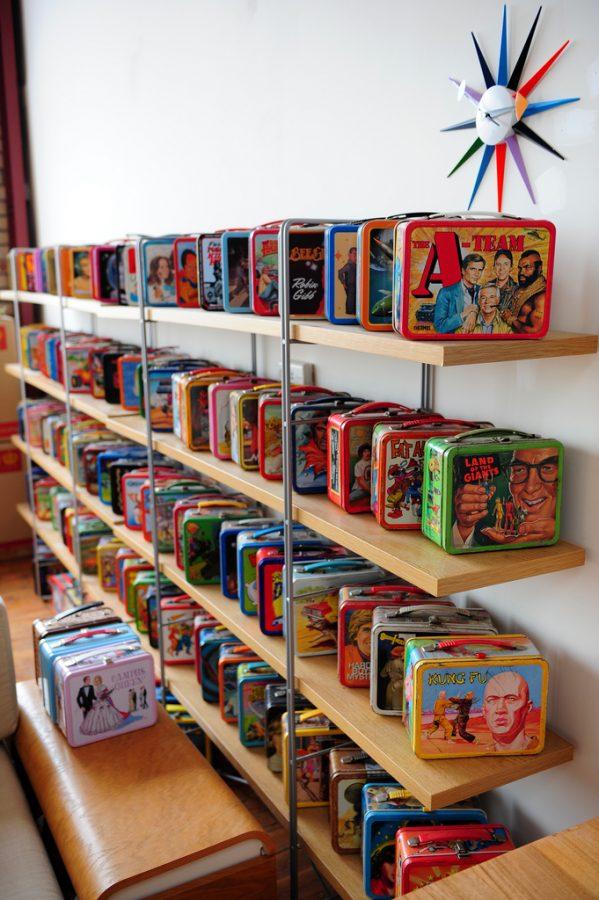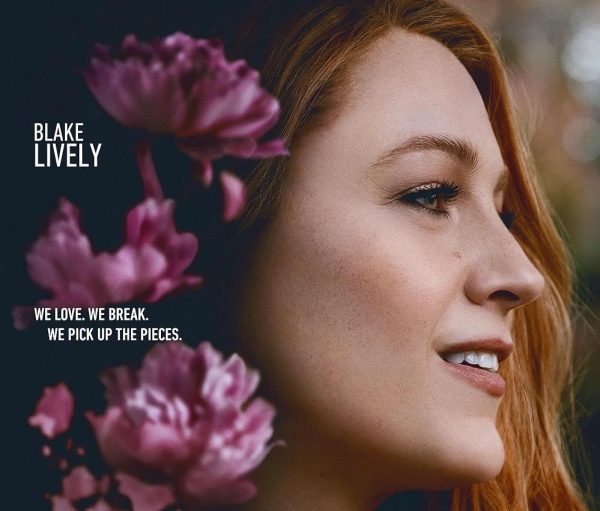Get Snackin’!: A Quick Timeline of the Lunchbox
Lunch boxes are a staple of back to school collections. In modern times, lunch boxes are made generally for schoolchildren who would rather prefer not to eat school provided lunches. However, lunch boxes were not always made for this use, in fact they have evolved greatly into what they are today.
Lunch boxes originated in the late 1800s for blue collared workers and were more commonly known as “lunch pails”. Workers would bring their lunches to work in these metal contraptions, a handkerchief laid on top to protect the food. Lunch pails were a sign of economic status, they meant that you couldn’t afford a decent hot noontime meal. Soon, children began to imitate their parents and created their own little tin boxes to carry biscuits, tobacco, and cookies. Many of the children’s boxes were colorful and patterned. In 1902 the first upgrade to the tin box was released in the form of a picnic basket like metal object with illustrations of playing children on it’s side.
In 1935, Geuder, Paeschke & Frey Co. created a circular, tin box with a drawing of Mickey Mouse on the side. This was the precedence for what was to come in the later years. In truth, the prime of the lunch box industry was actually as late as the 1950s. Previously, Aladdin Industries had sold plain, steel “lunch kits”. However, in 1950 they released a box which was engraved with an illustration based on a TV show, Hopalong Cassidy. This was the first big break in the lunch box industry, over 600,000 of these lunch boxes were sold in the first year. Because the television was a trending medium in the 1950s, TV shows’ names and characters began appearing more frequently on lunch boxes.
Overtime, many varieties of shapes and fabrics were introduced in the lunch box industry. For example, the dome shape was coined by none other than Aladdin Industries. They released their first dome in 1957 with the title “Buccaneer” and was a huge success. From that point, other dome shaped boxes were released like the “VW Bus” and the “Disney School Bus”, the second went of which went on to sell over 9 million units (which was the biggest seller of it’s time). Vinyl lunch boxes debuted in 1959 but were a short lived trend, with their flimsy fabric and bad designs.
Between the 1950s and the 1970s, over 120 million lunch boxes were sold. However, the trend couldn’t last. There are many myths of why lunch boxes died out. Some blame a Florida law which banned metal lunch boxes, afraid that they could be used as weapons. Some say children wanted another status symbol to ask their parents for. However, the most plausible reason is the high cost for producing metal lunch boxes compared to their plastic counterparts. The last metal lunch box was released in 1987 and featured Rambo.
Although there are still vintage lunch boxes available, lunch boxes today are generally plastic or vinyl. However, there may still be hope for metal lunch boxes. Thermos L.L.C. recently slipped a few metal lunch boxes into their latest release. Who knows, soon we may see school kids carrying the classic metal boxes and the trend firing up once again…
Click on the picture below!
As a new journalist and a senior, I’m hoping to broaden my horizons in writing and reporting by being a part of the Outlook team this year. My passions...








Ken Hwan | Sep 13, 2017 at 9:57 pm
I had no idea that lunch boxes have been around even since the 1800s. That’s neat that they used to be called lunch pails. I’ve been thinking of starting a collection and I think lunch boxes would make an awesome collection. http://www.suecogifts.com/gifts/toys/backpacks-carry-on.html